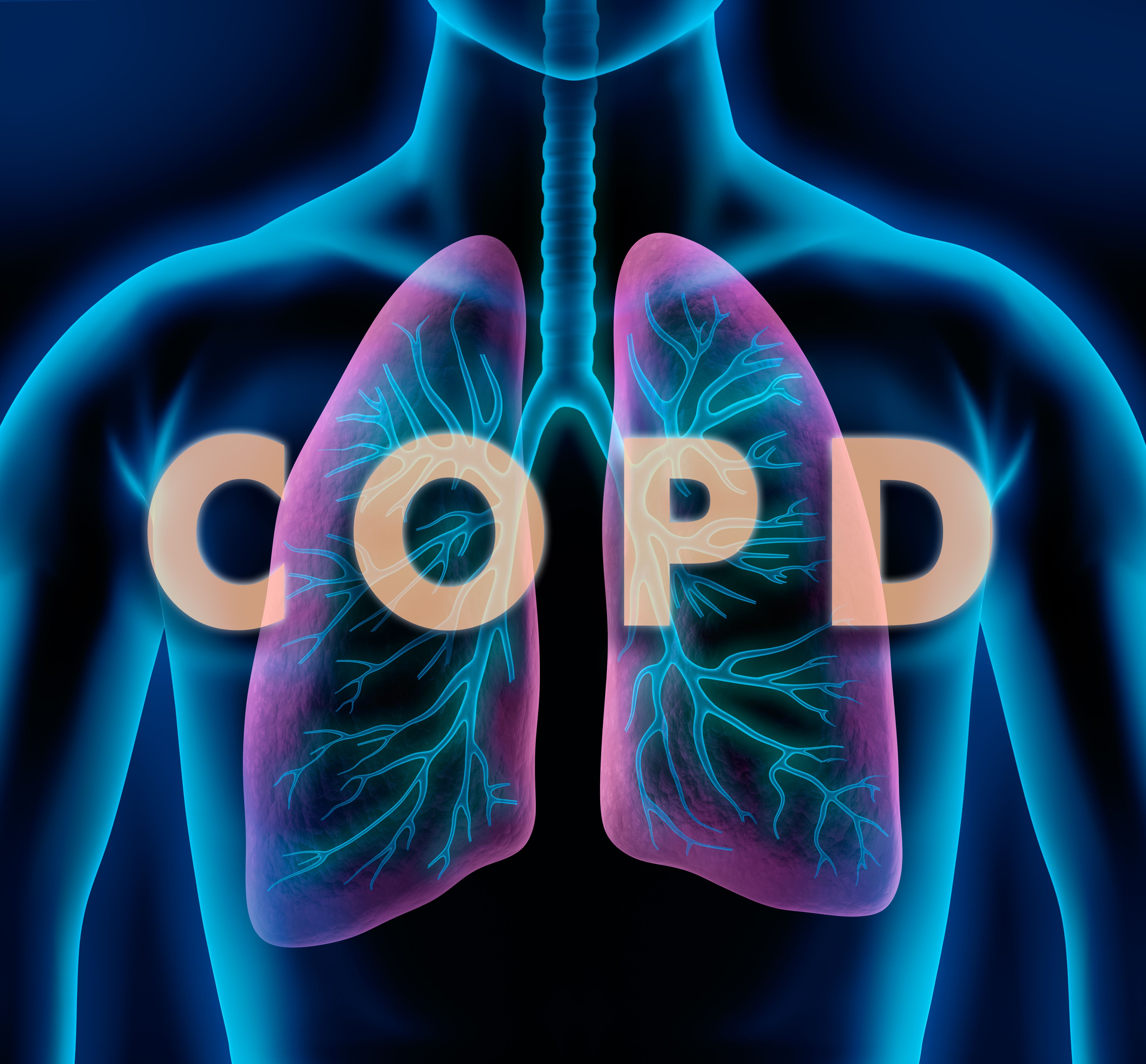- Center on Health Equity and Access
- Clinical
- Health Care Cost
- Health Care Delivery
- Insurance
- Policy
- Technology
- Value-Based Care
COPD Prevalence Did Not Significantly Change Overall From 2011 to 2021, Study Says
Based on Behavioral Risk Factor Surveillance System data, about 6.4% of US adults in 2011 (14.3 million people) and about 6.5% (14.2 million) had COPD in 2021, showing that COPD prevalence did not significantly change throughout the decade.
The age-standardized prevalence of chronic obstructive pulmonary disease (COPD) did not significantly change from 2011 to 2021, according to a recent CDC Morbidity and Mortality Weekly Report.
The researchers explained that between 1999 and 2011, estimates from the National Health Interview Survey indicated that the overall prevalence of self-reported physician-diagnosed COPD significantly declined among US adults 25 years and older, especially those aged 25 to 44. They noted that COPD prevalence trends between 2011 and 2021 have not yet been reported, so they analyzed Behavioral Risk Factor Surveillance System (BRFSS) data from this period to assess prevalence trends and differences in self-reported physician-diagnosed COPD among US adults aged 18 or older.
BRFSS is “an annual state-based, random-digit-dialed mobile and landline telephone survey among noninstitutionalized US adults aged ≥ 18 years.” The researchers only included respondents in the analysis if they had complete data for COPD, sex, age, education, employment, urban-rural status, smoking status, and race and ethnicity. Of the 478,788 survey respondents in 2011, 96.2% had complete information; of the 386,439 who responded in 2021, 89.5% had complete information.
Based on the analyzed BRFSS data, about 6.4% of US adults in 2011 had COPD, equating to 14.3 million people, and about 6.5% had COPD in 2021, equating to 14.2 million US adults; based on these results, the COPD prevalence did not significantly change throughout the decade.
The researchers found that in 2011 and 2021, age-standardized COPD prevalence was higher among women, non-Hispanic American Indians or Alaska Natives, current or former smokers, and those who were unemployed, retired, homemakers, or students. Also, they explained that COPD prevalence increased with increasing age, decreasing urbanicity, and decreasing education level.
COPD
Image credit: peterschreiber.media - stock.adobe.com

Although the age-standardized prevalence of COPD from 2011 to 2021 overall remained stable (6.1% in 2011 and 6.0% in 2021; average annual percent change [AAPC] = 0%), significant prevalence increases occurred among adults aged 75 or older (AAPC = 1.3%), respondents living in micropolitan counties (AAPC = 0.8%), those with some college or technical school education (AAPC = 0.6%), and current (AAPC = 1.5%) or former (AAPC = 1.2%) smokers. On the other hand, COPD prevalence decreased among adults aged 18 to 44 (yearsAAPC = −2.0%) and those unable to work (AAPC = −0.9%).
The researchers hypothesized that one reason why COPD prevalence differed between older and younger age groups was the more pronounced smoking decline among those between the ages of 18 and 44 (36.4% relative decline) compared with those aged 45 to 64 years (22.6% relative decline) and those 65 years or older (2.1% relative decline). Additionally, they hypothesized that the higher COPD prevalence among those living in micropolitan and rural areas may be because of the persistently high prevalence of smoking adults in these areas, the increasing proportion of older adult residents, and the lower rates of individuals quitting smoking.
The researchers acknowledged their study’s limitations, one being that patients self-reported their COPD diagnosis, sociodemographic characteristics, and smoking status, meaning these may be subject to recall and social desirability bias. Additionally, potential systematic bias due to low response rates could have affected the results. Despite these limitations, they suggested COPD prevention methods based on their findings.
“Patient and population-based initiatives focusing on COPD prevention (eg, smoking cessation, smoke-free policies, and workplace interventions), early-diagnosis, treatment (eg, medication and oxygen therapy), and management (eg, access to pulmonary rehabilitation and caregiving, efforts to prevent exacerbations) might reduce COPD prevalence, slow the progression of the disease, and lessen symptoms,” the authors wrote. “Although smoking is one of the main risk factors for COPD, it is important that initiatives include strategies for the 25% of US adults with COPD who reported having never smoked.”
Reference
Liu Y, Carlson SA, Watson KB, Xu F, Greenlund KJ. Trends in the prevalence of chronic obstructive pulmonary disease among adults aged ≥18 years — United States, 2011–2021. MMWR Morb Mortal Wkly Rep 2023;72(46):1250-1256. doi:10.15585/mmwr.mm7246a1
UK Study: Most Patients With MG Require Hospitalization, Driving Health Care Resource Use
April 27th 2024Over a median follow-up time of nearly 3 years, three-fourths (72.8%) of patients with myasthenia gravis (MG) were hospitalized and half visited the accident and emergency department.
Read More
Kaiser Permanente was hit by a data breach in mid-April, impacting 13.4 million health plan members; GlaxoSmithKline (GSK) sued Pfizer and BioNTech for allegedly infringing on its messenger RNA technology patents in the companies’ COVID-19 vaccines; the CDC announced the first-known HIV cases transmitted via cosmetic injections.
Read More
